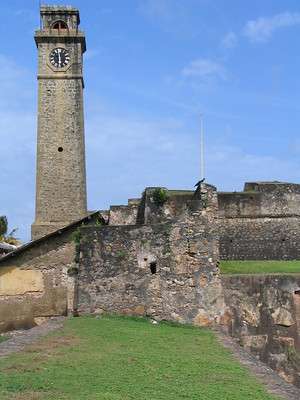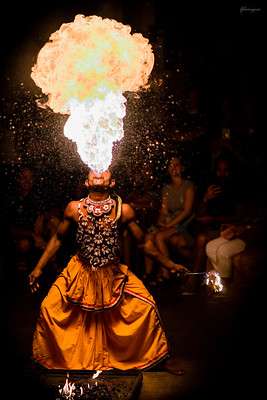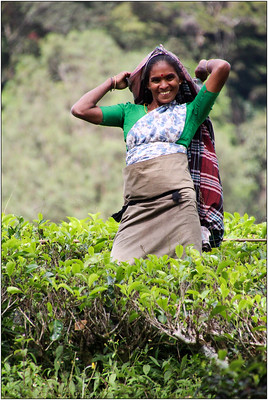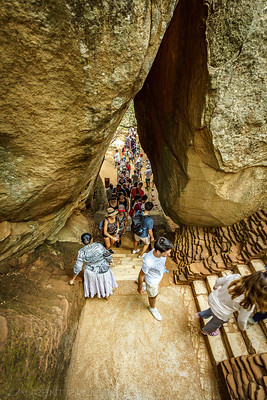The Temple of the Sacred Tooth Relic
The Temple of the Sacred Tooth Relic, also known as Sri Dalada Maligawa, is a significant religious and cultural site located in the city of Kandy, Sri Lanka. It is considered one of the most sacred Buddhist temples in the world. The temple houses the relic of the tooth of the Buddha, which is highly venerated by Buddhists around the globe. Buddhism and Sri Lankan heritage.

The history of the Temple of the Sacred Tooth Relic dates back to the 4th century BC when the tooth relic was brought to Sri Lanka from India. According to legends, after the cremation of Lord Buddha in 543 BC, his left canine tooth was saved from the funeral pyre. It was believed that whoever possessed the sacred tooth relic held the power and authority to rule the land. Thus, the relic became a symbol of sovereignty in ancient Sri Lanka.

The temple complex is situated in the royal palace complex of the former Kingdom of Kandy, which was the last capital of the Sinhalese kings. The sacred tooth relic was enshrined within the palace complex to safeguard it from invaders. Over the centuries, the temple has undergone numerous transformations and renovations, with the current structure dating back to the 18th century.
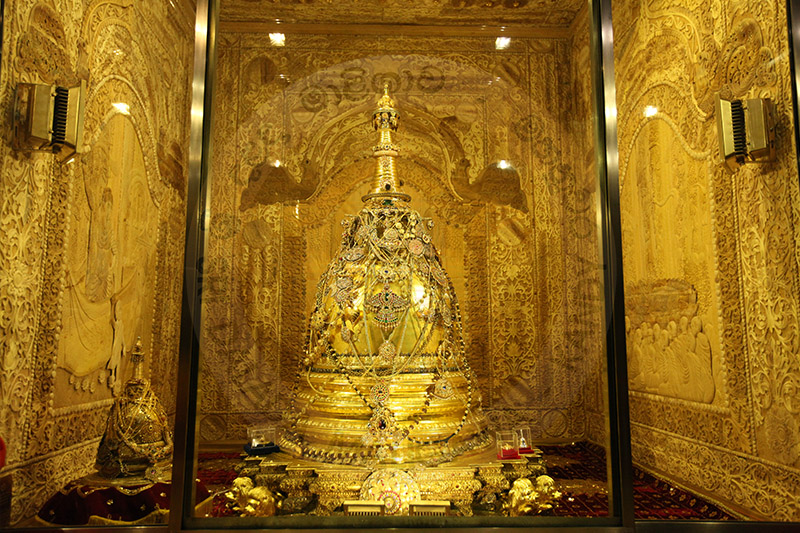
As visitors approach the Temple of the Sacred Tooth Relic, they are greeted by an impressive entrance gate known as the Mahawahalkada. The architectural style of the temple is predominantly Kandyan, reflecting the rich cultural heritage of the region. The temple is adorned with intricate woodwork, ivory carvings, and traditional paintings that depict the life of Lord Buddha.
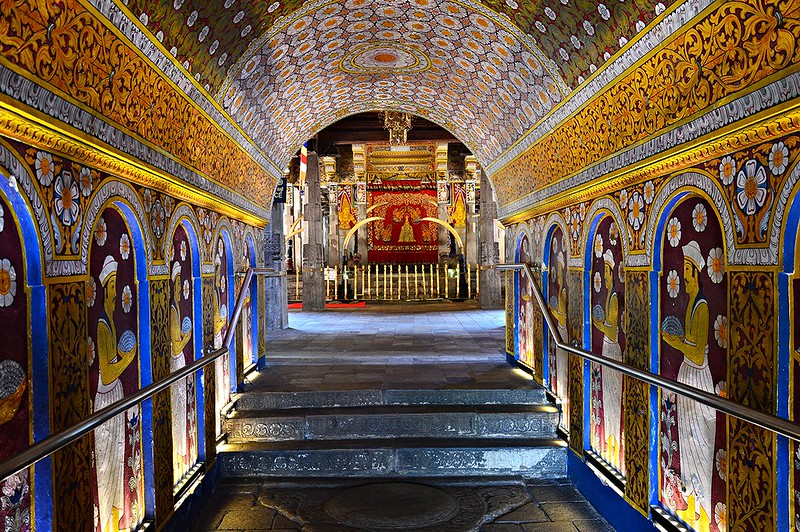
Upon entering the temple, visitors are required to remove their shoes and hats as a sign of respect. The interior of the temple consists of several chambers and halls that house numerous Buddhist relics and artworks. The main attraction, however, is the inner chamber known as the Vadahitina Maligawa, where the sacred tooth relic is kept.
The chamber housing the tooth relic is a heavily guarded area and is accessible only to the custodians and Buddhist monks. However, visitors can catch a glimpse of the golden casket that contains the tooth relic during the daily rituals performed three times a day. These rituals, known as “poojas,” are accompanied by traditional music and drumming, creating a mesmerizing atmosphere of devotion and spirituality.
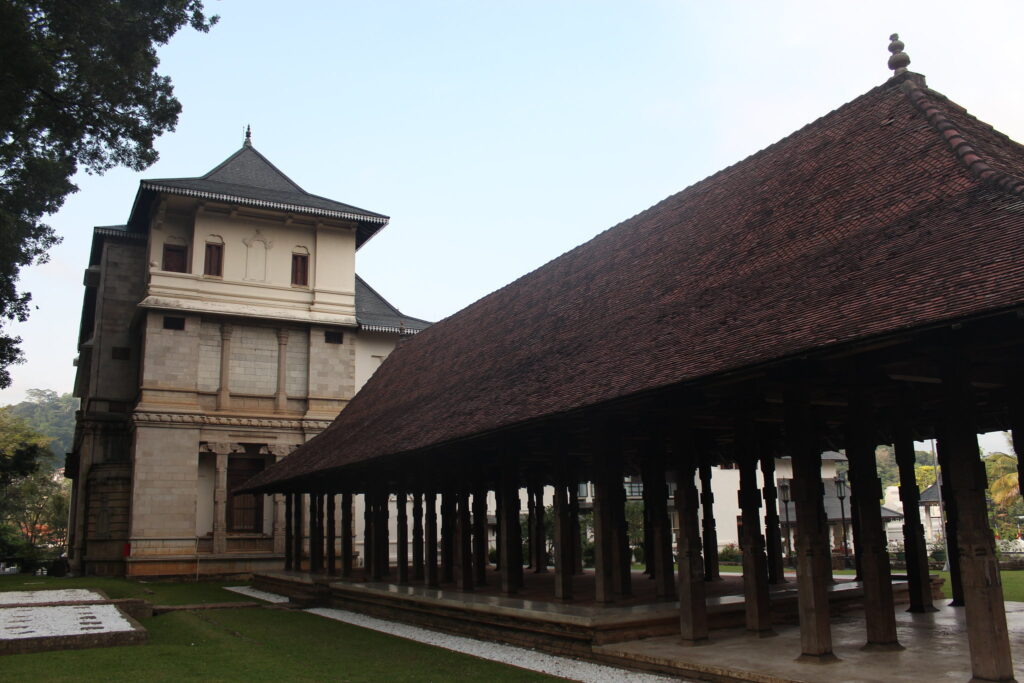
The temple also houses a museum called the World Buddhism Museum, where a vast collection of artifacts related to Buddhism is on display. These artifacts include ancient scriptures, royal regalia, and gifts presented to the temple by devotees and foreign dignitaries.
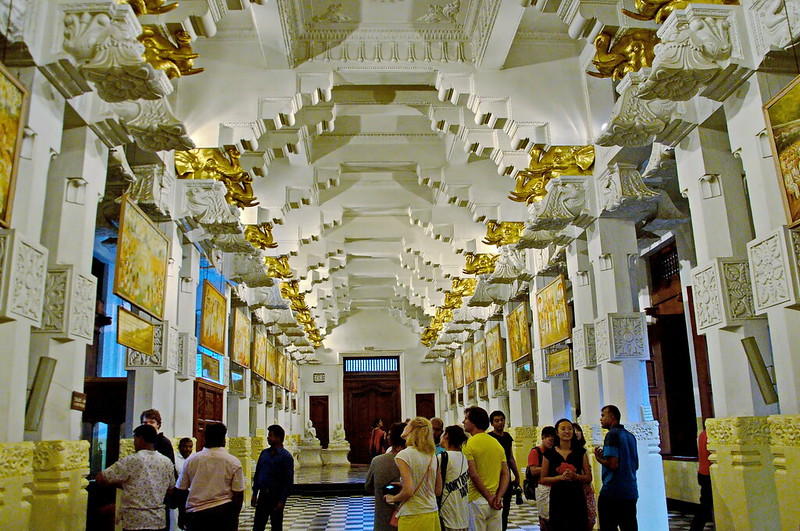
Every year in July or August, the city of Kandy hosts the grand Esala Perahera, a religious and cultural festival dedicated to the sacred tooth relic. The procession features beautifully decorated elephants, traditional dancers, drummers, and flag bearers. It is a vibrant and colorful event that attracts both locals and tourists from all over the world.
Beyond its religious significance, the Temple of the Sacred Tooth Relic is a symbol of national pride for Sri Lankans. It represents the resilience and preservation of Buddhist culture and heritage throughout the country’s tumultuous history. The temple complex, along with the surrounding areas, was designated as a UNESCO World Heritage Site in 1988.
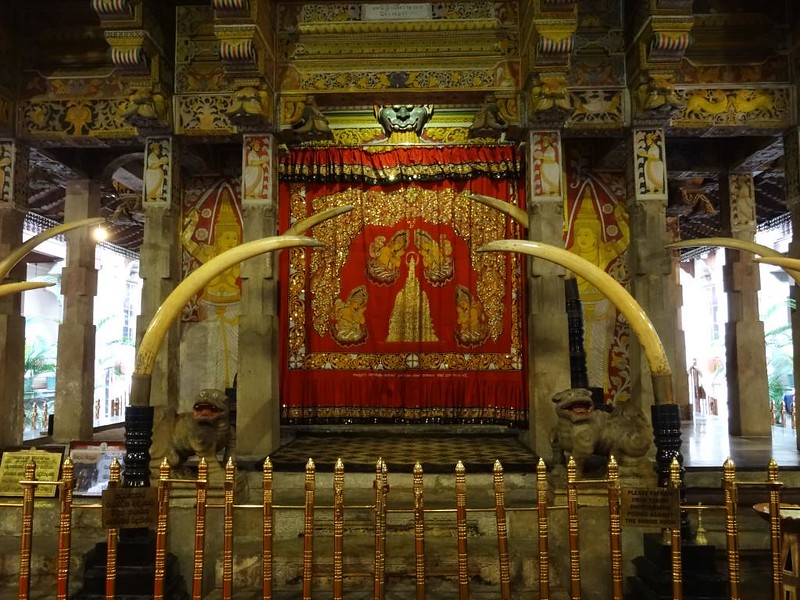
In conclusion, the Temple of the Sacred Tooth Relic in Sri Lanka stands as a testament to the enduring faith and reverence of Buddhists worldwide. Its historical and cultural significance, coupled with its architectural splendor, make it a must-visit destination for those seeking a deeper understanding of Buddhism and Sri Lankan heritage.




